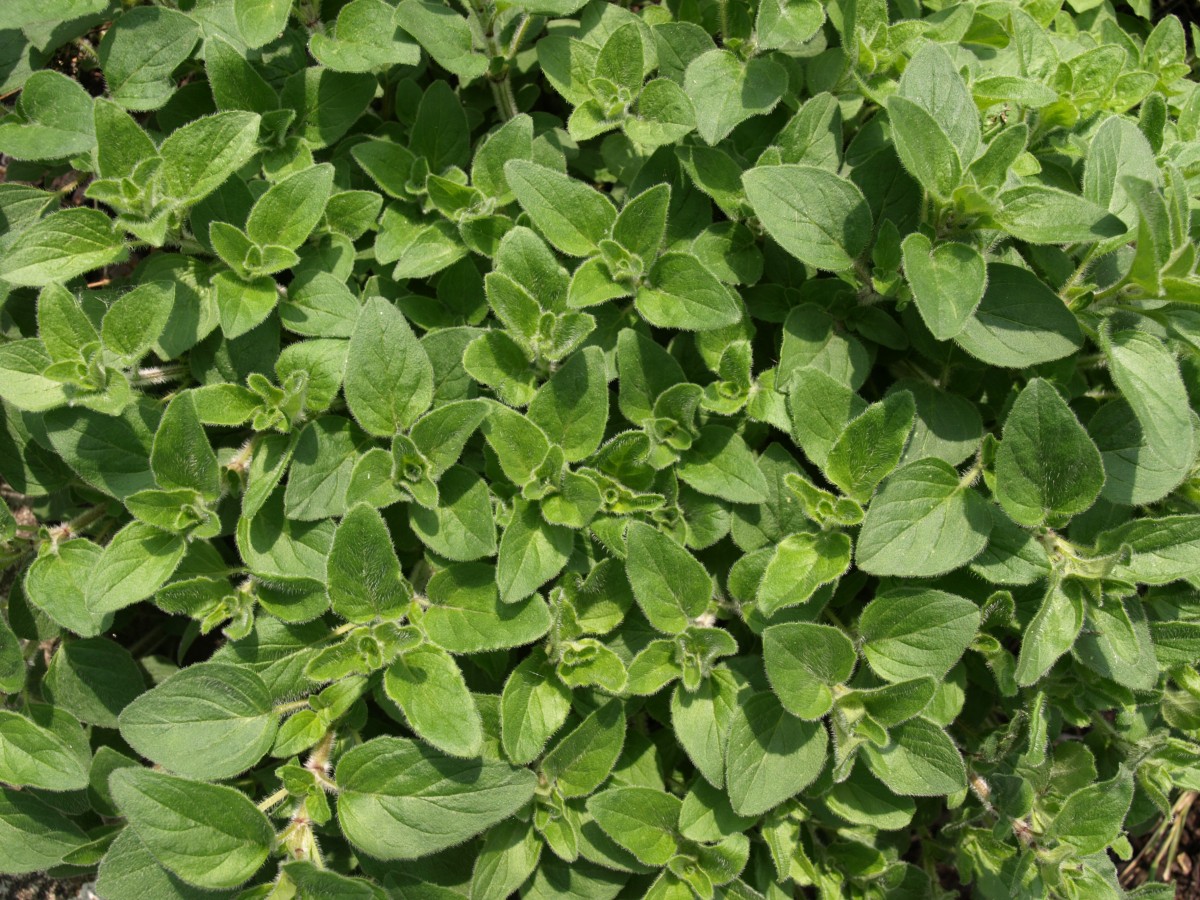Lesson:
2/3
Plant Traits
Place of Learning:
Grade Level:
Summary:
This lesson reviews how scientists organize the natural environment according to specific plant features and Plant Families.
Student Learning Goals & Objectives:
Students will:
- Compare and contrast different plants in differentfamilies.
- Plant two plants from different plant families.
Materials & Prep:
- Plant Families Chart – PDF
- Examples of two plants from different families, ex Brassica (broccoli and kale) and the Lamiaceae (mint and oregano)
- Seed Packets
- Garden Journal
Procedure Steps:
1
Activity Preparation
- Prepare the whiteboard with a list of the Plant Families.
- Gather seed packets from each of these Plant Families.
2
Matching Seeds to Plant Families
- Distribute seed packets.
- Students observe the seeds and compare their features.
- Ask: What do you already know about the plants on the seed packets?
- Review the Plant Family chart. The Brassica (broccoli and kale) and the Lamiaceae (mint and oregano) are two common Plant Families that grow well in school gardens.
- Show students examples of both.
- Highlight one (ex. kale) and ask them to identify the traits they notice.
- Ask:
- What plant family do they belong in?
- What are the characteristics of the plants on the seed cards that you have?
3
Student Reflection
- How do the plant traits support their growth?
- What traits does ___ have to support its growth? What traits does the ___ and do____ have to support its growth?
- How are these two plants similar in traits? How are these two plants differing in traits?
Download Lesson Materials
Additional Information
- There are seven main taxonomic ranks: kingdom, phylum or division, class, order, family, genus, species. Most fifth grade lessons review Family → Genus → Species.
English Language Learning (ELL) Focus: Similarities and Differences
- A _____ is like a _________ because it has ________
- A _____ is not like a _________ because it has ________
Academic Standards
Next Generation Science Standards
Disciplinary Core Ideas
LS1.A
Structure and Function: All organisms have external parts. Plants have different parts (roots, stems, leaves, flowers, fruits) that help them survive and grow. Different animals use their body parts in different ways to see, hear, grasp objects, protect themselves, move from place to place, and seek, find, and take in food, water and air.
Contributors:
This lesson is part of the Berkeley Unified School District's Gardening and Cooking Program curriculum.





